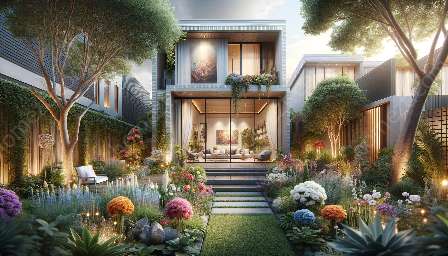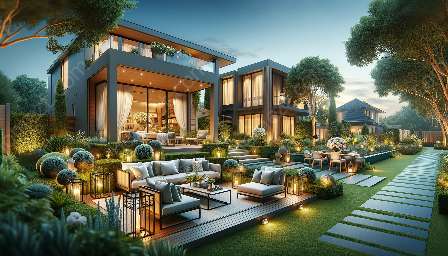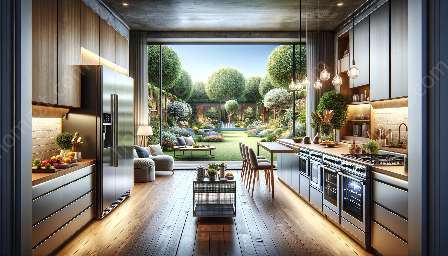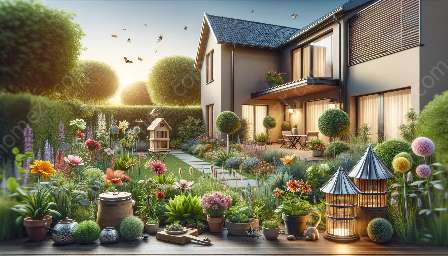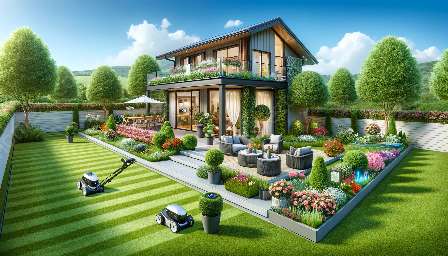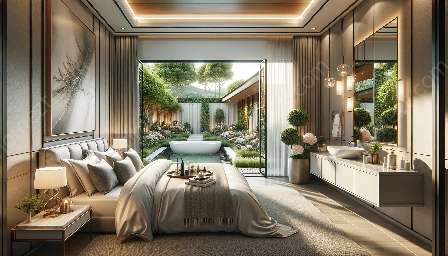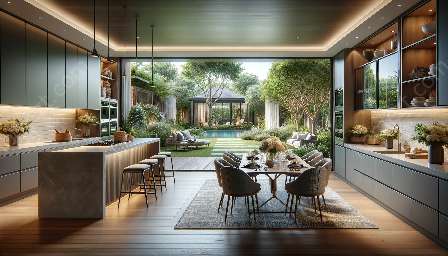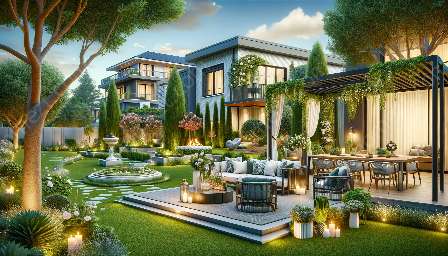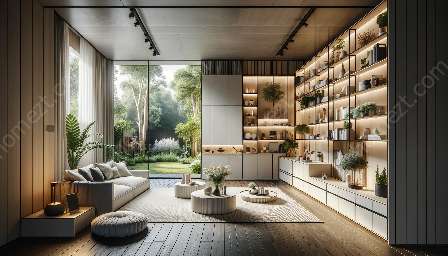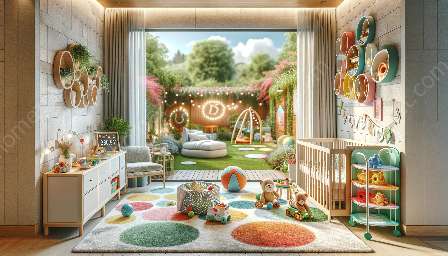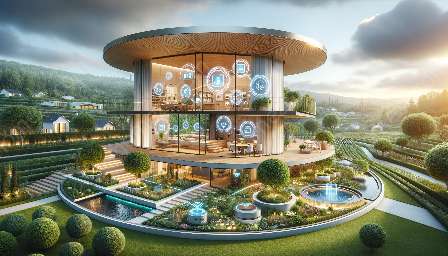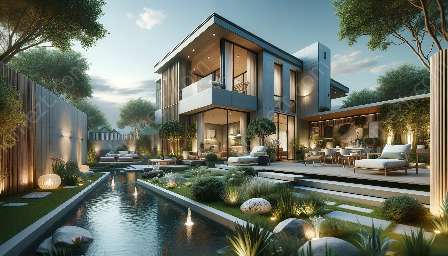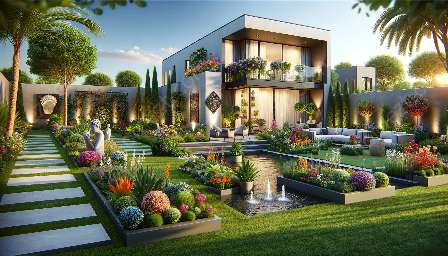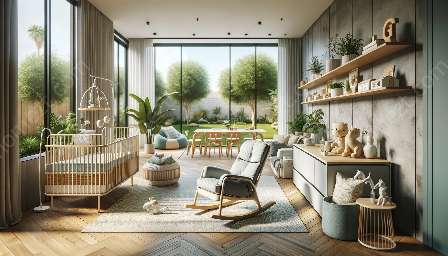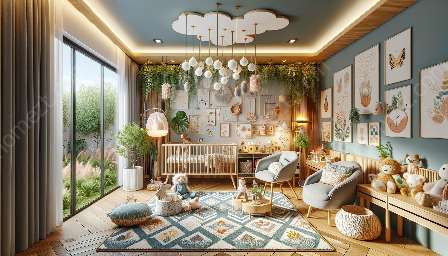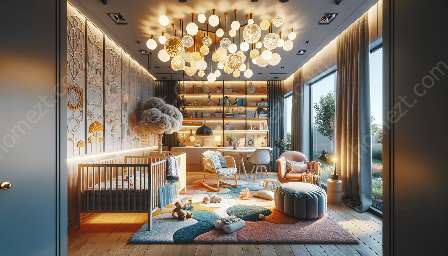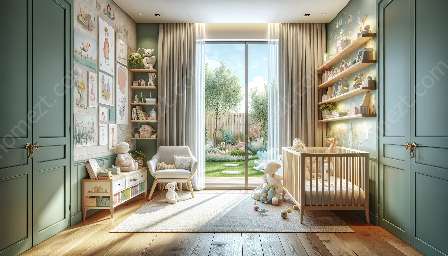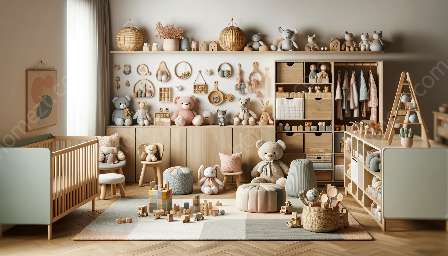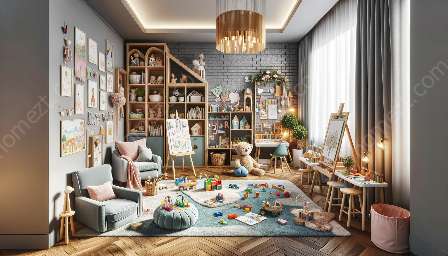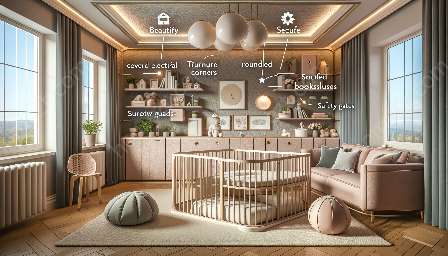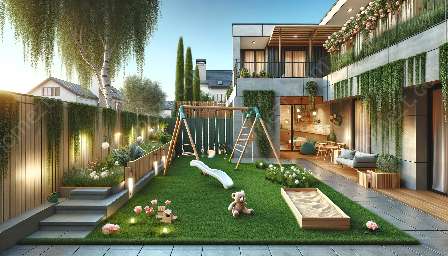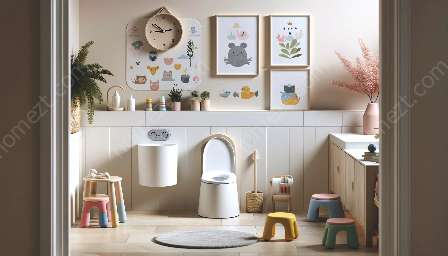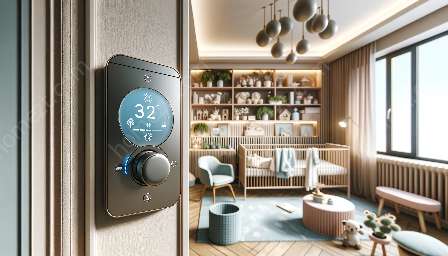Designing and setting up a nursery and playroom in your home can be a delightful and rewarding experience. These spaces not only provide a safe and stimulating environment for children but also add charm and functionality to your home and garden. In this comprehensive guide, we'll cover everything you need to know to create the perfect nursery and playroom. From design ideas to organization tips and safety considerations, we've got you covered.
Design Ideas for the Nursery
When designing a nursery, you can let your creativity soar while also considering the practical needs of a baby. Soft pastel colors, cozy furniture, and whimsical decor can create a serene and nurturing atmosphere. Consider incorporating a comfortable rocking chair for those late-night feedings, ample storage for baby essentials, and blackout curtains to help with nap times.
Another important aspect of nursery design is the choice of a crib and bedding. Safety is paramount, so be sure to select a crib that meets all safety standards and follow guidelines for safe sleep practices. Organic and natural materials are also a popular choice for bedding, providing a healthier and more eco-friendly environment for your little one.
Organizing the Nursery
An organized nursery is essential for the smooth functioning of daily care routines. Invest in storage solutions such as bins, baskets, and shelves to keep baby clothes, diapers, toys, and other essentials neatly organized and easily accessible. Labeling shelves and containers can also make it easier to maintain order and find items quickly.
Furthermore, creating designated changing and feeding stations can streamline caregiving tasks. A well-organized nursery not only looks appealing but also minimizes stress and promotes efficiency, making life with a baby more enjoyable.
Safety Considerations for the Nursery
Ensuring a safe environment is crucial when setting up a nursery. Take measures to babyproof the room by covering electrical outlets, securing furniture to walls, and removing any potential choking hazards. It's also important to choose non-toxic paints and materials for furniture and decor to minimize chemical exposure.
Designing a Playroom
Unlike the calm serenity of a nursery, a playroom is a space for energetic and imaginative play. When designing a playroom, consider creating distinct zones for different activities such as reading, arts and crafts, and physical play. Choose vibrant colors, interactive elements, and versatile storage solutions to encourage creativity and keep the space tidy.
Organizing the Playroom
Effective storage is key to maintaining an orderly playroom. Utilize containers, shelves, and furniture with built-in storage to keep toys, games, and art supplies neatly stored away when not in use. Labeling containers and establishing clear guidelines for tidying up can help children learn valuable organizational skills while keeping the playroom clutter-free.
Safety Considerations for the Playroom
When designing a playroom, safety should be a top priority. Choose furniture and decor with rounded edges, non-toxic materials, and secure fastenings to minimize the risk of accidents. Ensure that the playroom is well-lit and that any outlets or cords are safely out of reach. Creating a safe play environment allows children to explore and play freely, providing peace of mind for parents.
Conclusion
By paying attention to design, organization, and safety, you can create inviting and functional nursery and playroom spaces that enhance the charm and practicality of your home and garden. These spaces not only cater to the needs of young children but also contribute to the overall aesthetic and functionality of your living space. Take the time to consider these elements and enjoy the process of creating beautiful and engaging rooms for your little ones.


